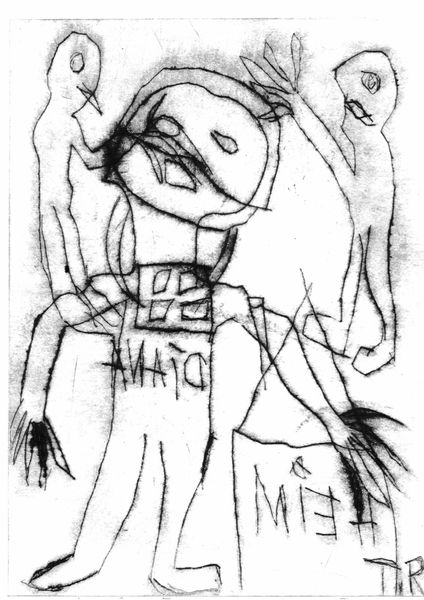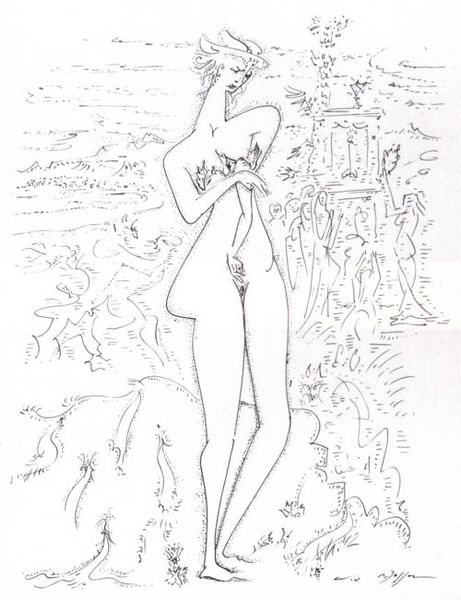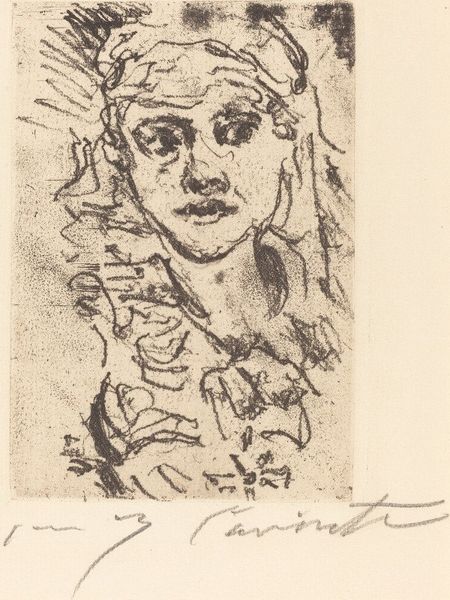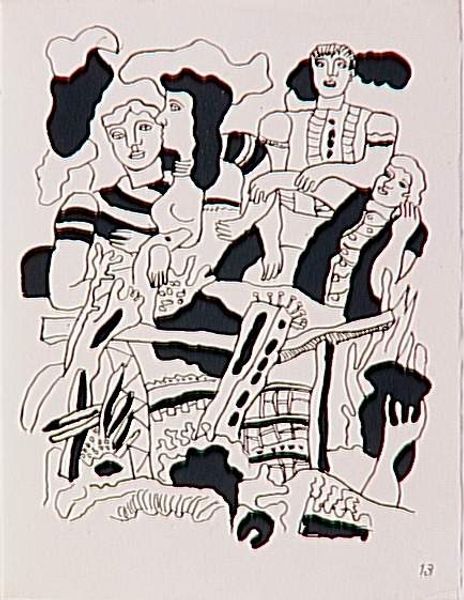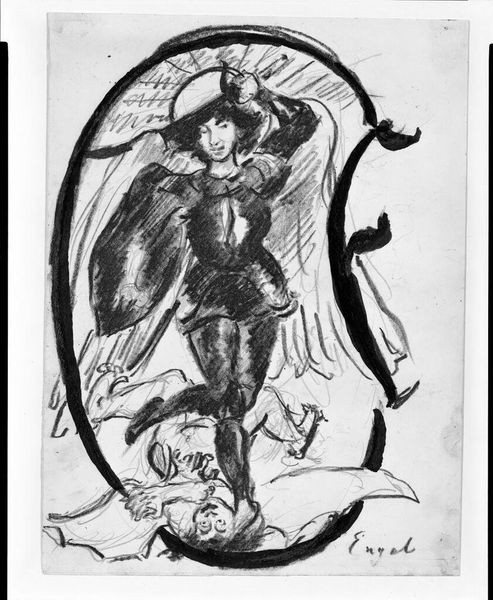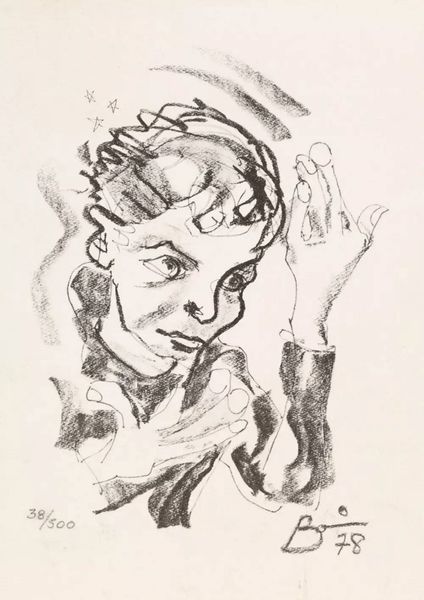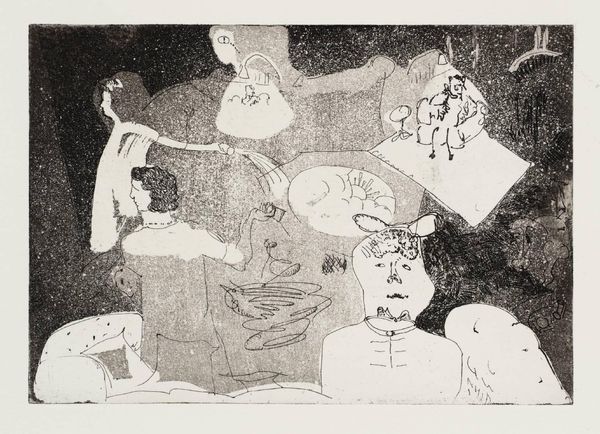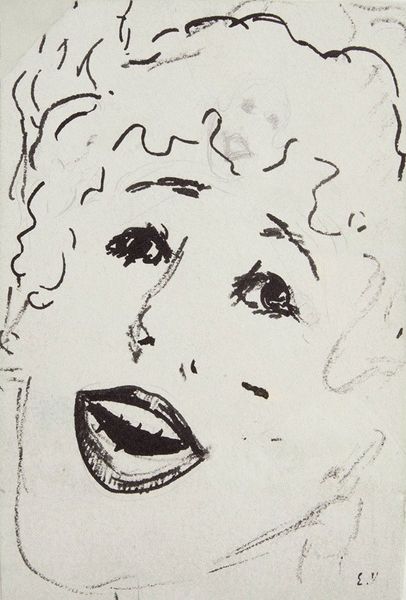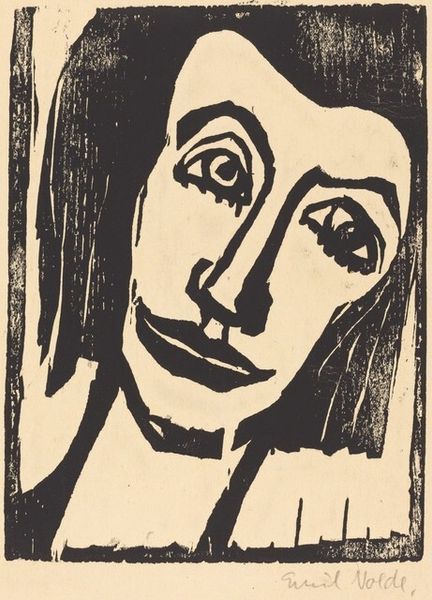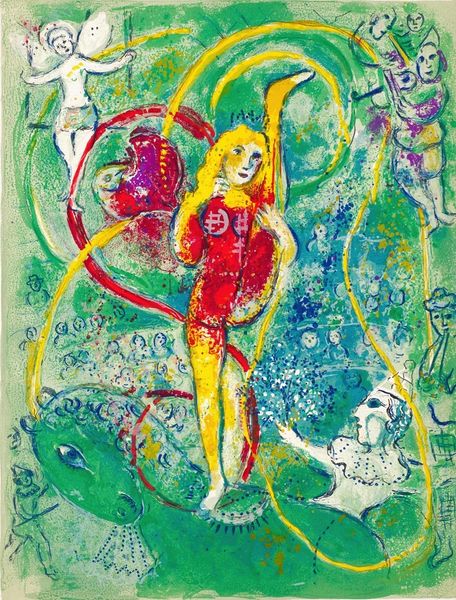
drawing, paper, ink
#
portrait
#
drawing
#
pen illustration
#
junji ito style
#
cartoon sketch
#
figuration
#
paper
#
ink line art
#
linework heavy
#
ink
#
ink drawing experimentation
#
sketch
#
pen-ink sketch
#
line
#
russian-avant-garde
#
tattoo art
#
line illustration
#
doodle art
Copyright: Public domain US
Curator: Here we have Jury Annenkov’s 1918 ink drawing, "Illustration to Aleksander Blok's poem 'The Twelve.'" Editor: It feels chaotic. So many little details, and such heavy linework creates a claustrophobic effect, but still… sort of playful. Curator: Annenkov, associated with the Russian avant-garde, created this as an illustration to accompany Blok's revolutionary poem, which tells of twelve Bolshevik soldiers roaming the streets of Petrograd during the revolution. Editor: I see that in the layering. Look at the figure's fur stole—it's raw, almost aggressively textured with these frenzied strokes. Then notice the details. We see sketches of revelry in the background with a clock set on bourgeois time. Are these people the revolution is intended to serve? And the materials reflect the time! A quickly executed ink drawing using the cheapest materials would reflect the era’s urgency and limited resources, emphasizing production over permanence. Curator: Absolutely. Understanding the social context here is key. The Bolsheviks saw themselves as tearing down the old world order, and Blok’s poem reflects this ambiguity, which Annenkov visually interprets by combining high and low culture, beauty and the grotesque. Consider that confident gaze juxtaposed with the doodle art flowers in the back. There's a deliberate challenge to conventional notions of beauty and order, one in favour of the upheaval, social chaos, and uncertainty. Editor: Right! But I am intrigued by what we are seeing versus what it *is*. The drawing on paper suggests the accessibility of the revolution but also hints at fragility, at least through the cheap material: revolutions aren’t set in stone, they aren’t like monumental marble, but rather are like a hastily drawn manifesto that can easily crumble. This isn’t a static monument, it's immediate and meant for wide circulation, it embodies labor—Annenkov’s labor and, potentially, the viewer’s engagement as an audience with it in a world undergoing construction. Curator: An apt comparison. Viewing the artwork through these various lenses—as both a reflection of material constraints and as a symbol of revolutionary spirit—enriches our understanding of Annenkov’s purpose. Editor: Yes, that raw urgency, coupled with such visible artistic labor…it definitely makes you feel the weight of the era.
Comments
No comments
Be the first to comment and join the conversation on the ultimate creative platform.

